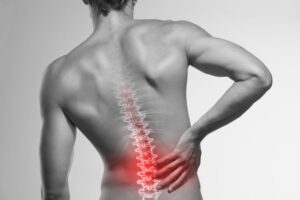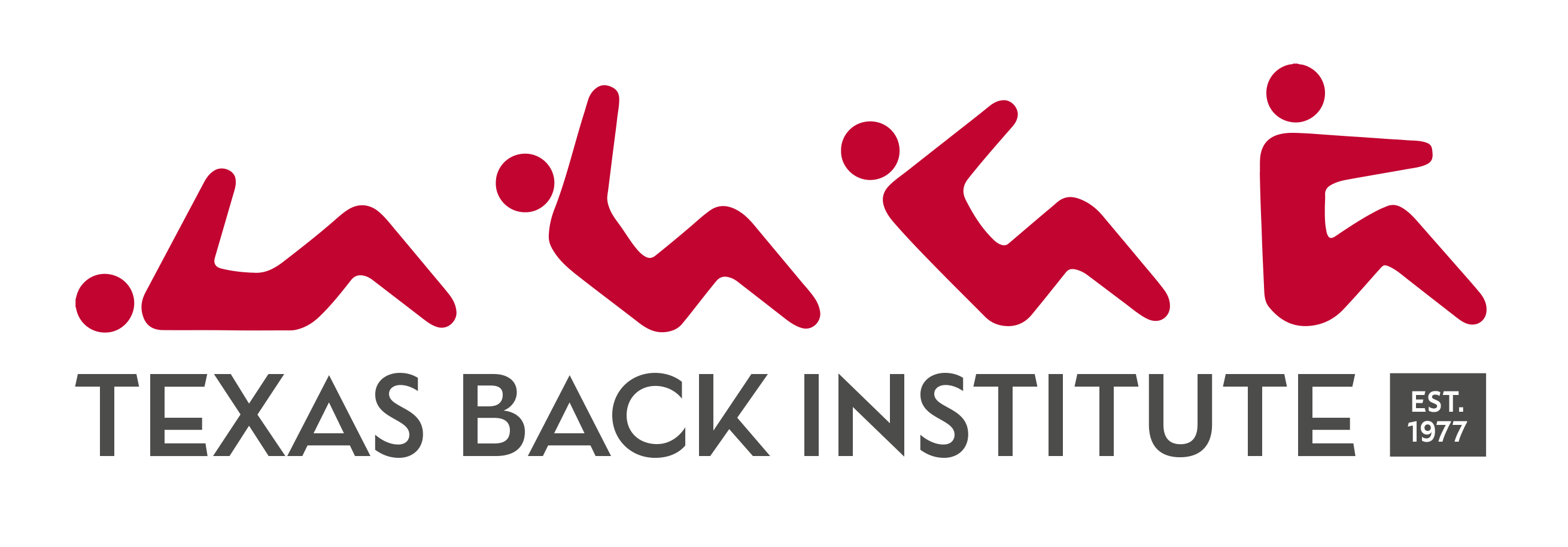Scoliosis Treatment Options
Treatments
 The available options for treating and coping successfully with scoliosis have never been greater. The goal of treatment is to provide the most appropriate and least invasive care. The appropriate treatment depends on a number of factors:
The available options for treating and coping successfully with scoliosis have never been greater. The goal of treatment is to provide the most appropriate and least invasive care. The appropriate treatment depends on a number of factors:
- Severity and rigidity of the curve
- Cause of the scoliosis
- The expected course of the condition patient’s:
- Age
- Overall health
- Medical history
- Tolerance for specific medications, procedures, and therapies
Surgery
In cases where the curvature is severe or does not respond to bracing, surgery may be recommended. Our experienced surgeons perform surgery using the most appropriate, innovative, and least invasive surgical techniques. Surgery for scoliosis involves correcting and balancing the curve and fusing the bones in the curve together.
The bones are held in place with one or two metal rods held down with hooks and screws until the bones knit themselves solid. Less invasive surgery offers more cosmetically acceptable scars, a shorter hospital stay, and a quicker recovery. Rehabilitation for surgical patients is designed to help them get back to their lives as quickly as possible.
Treatment options include:
- Watchful waiting with the serial observation of the curve
- Exercise & physical therapy
- Bracing
- Anti-inflammatory medications
- Surgery
Regular exercise, weight management, and smoking cessation are almost always recommended.
